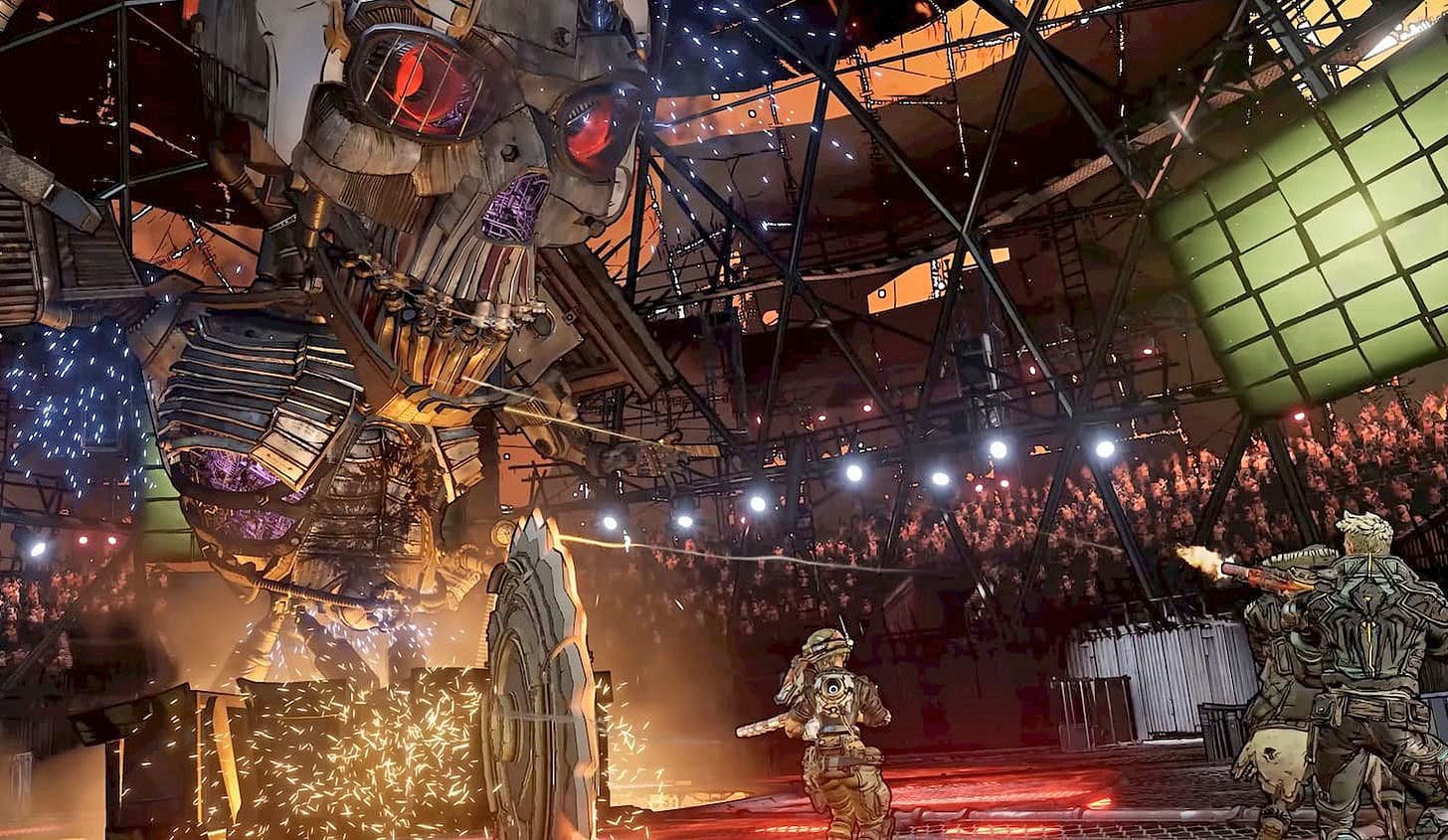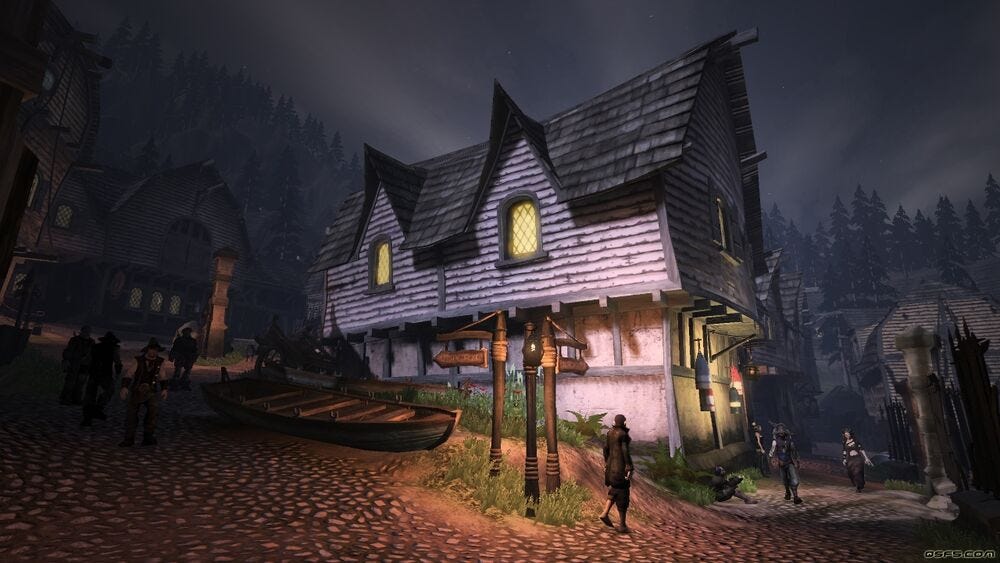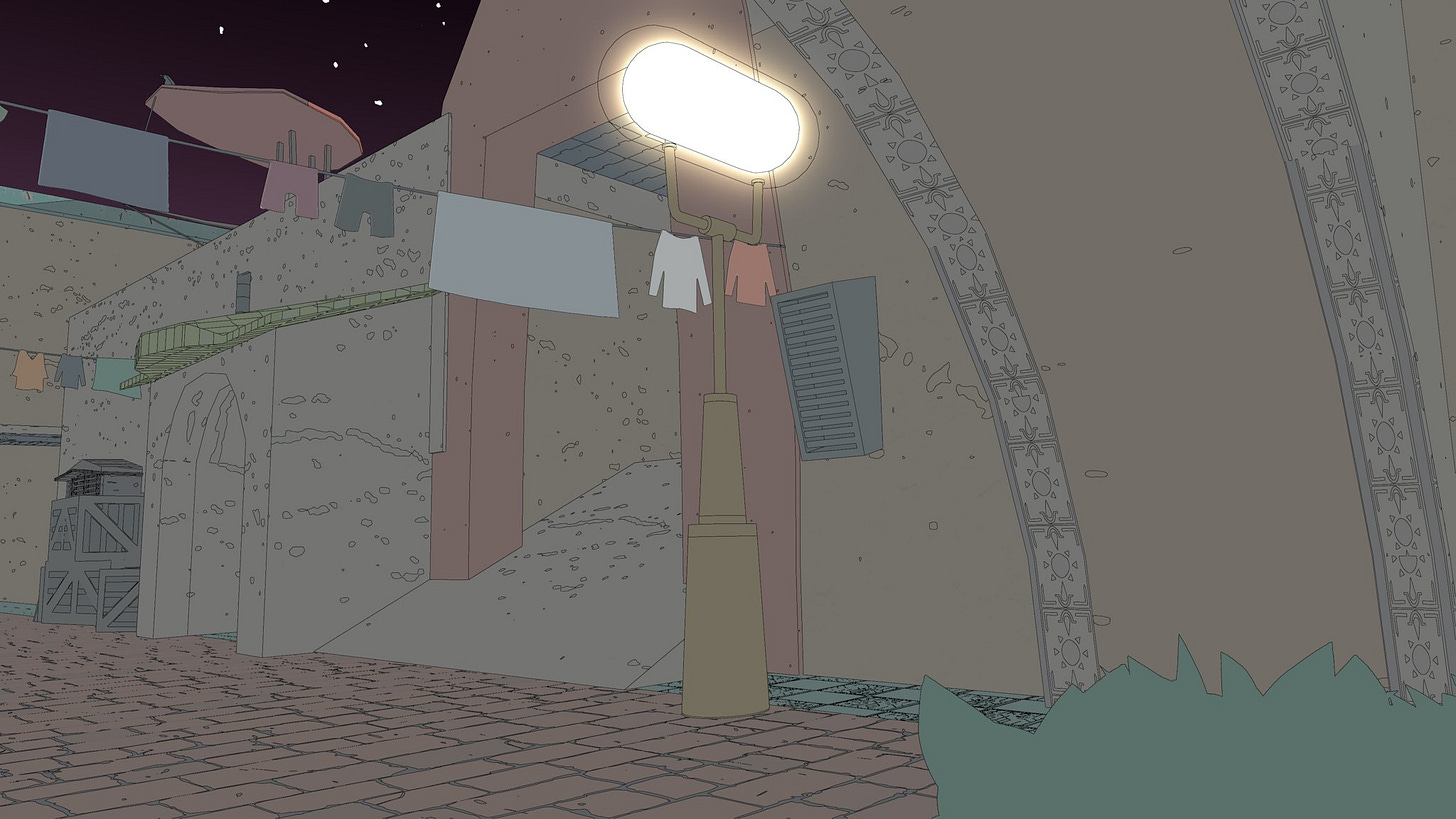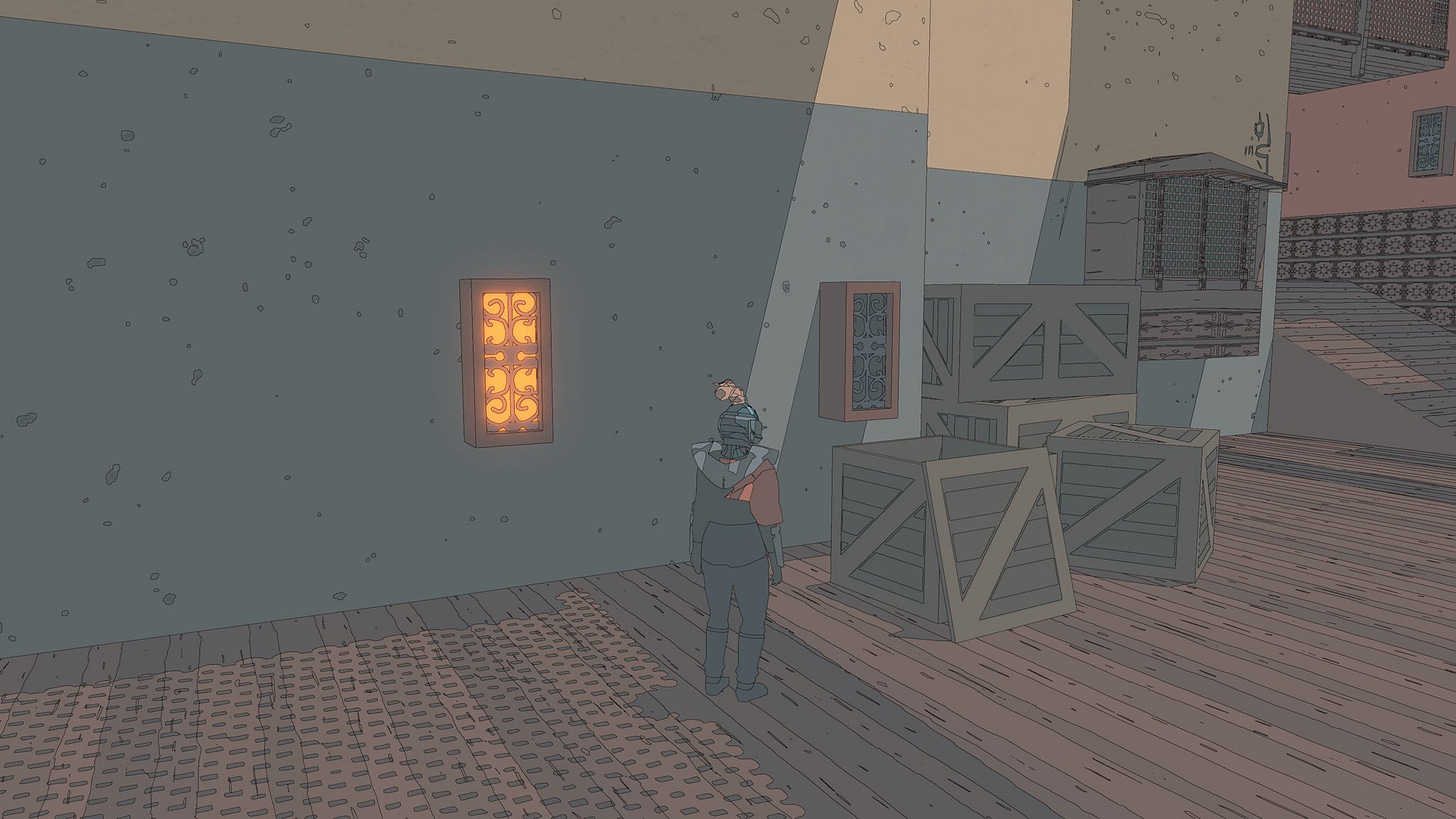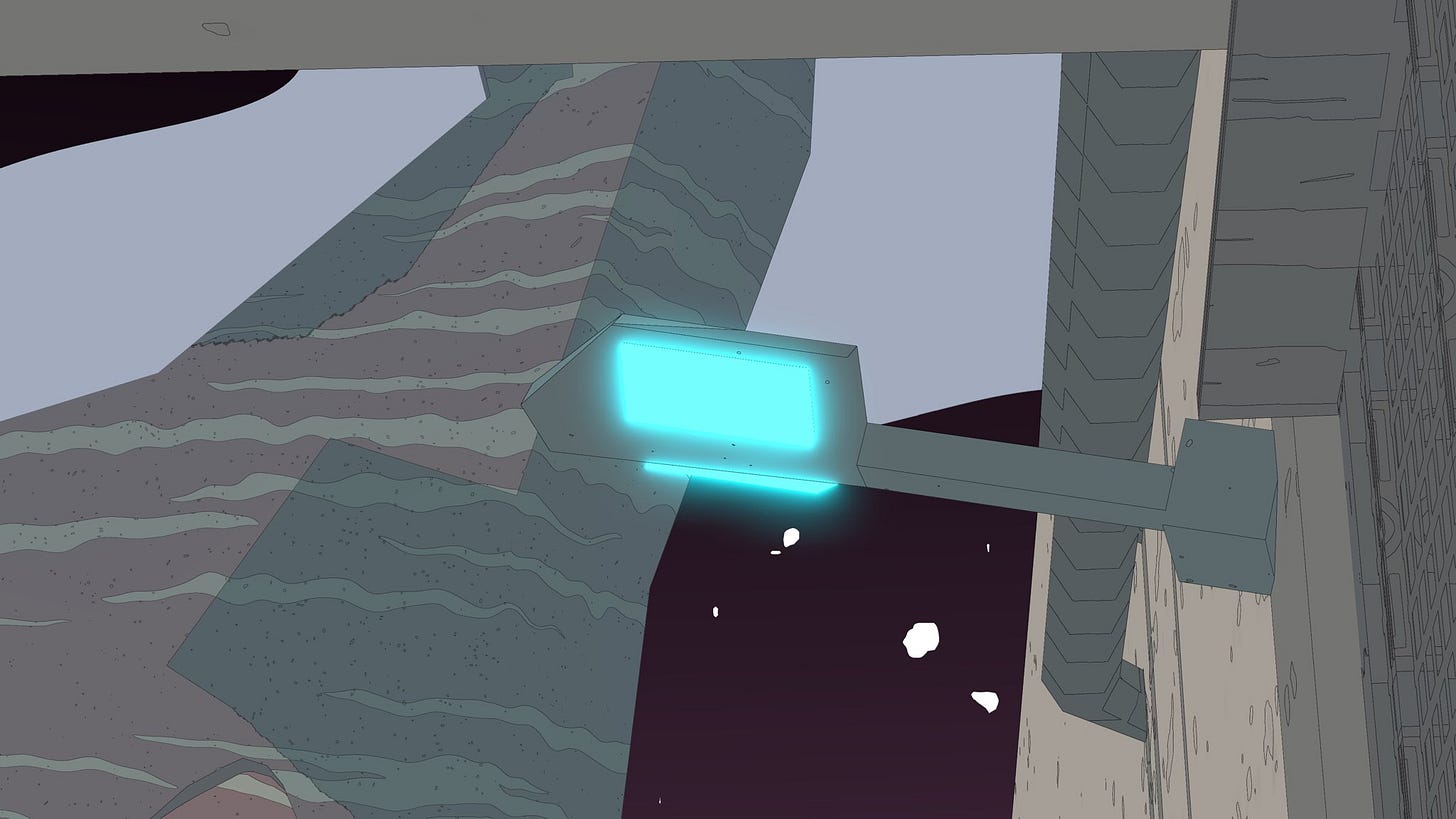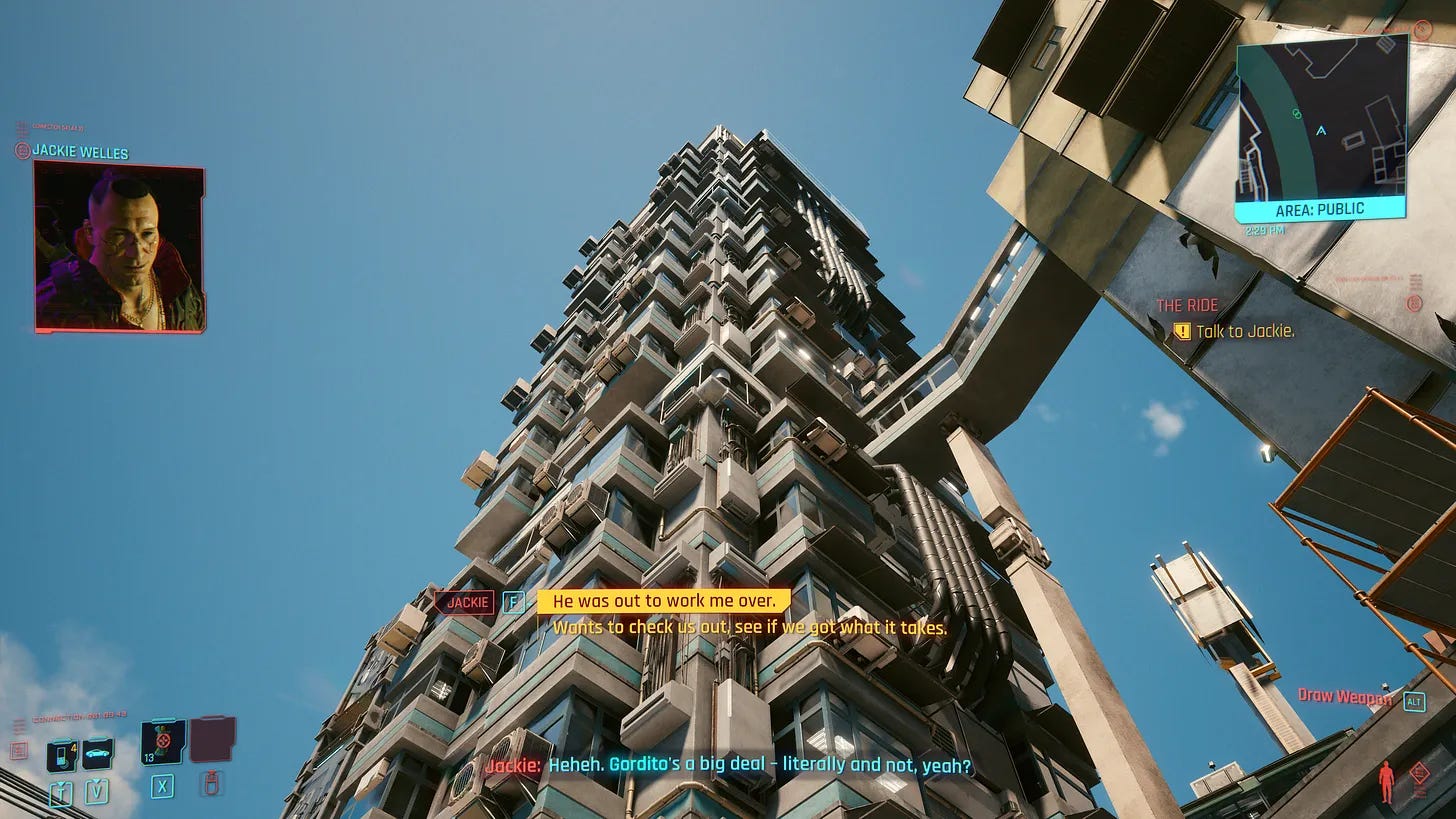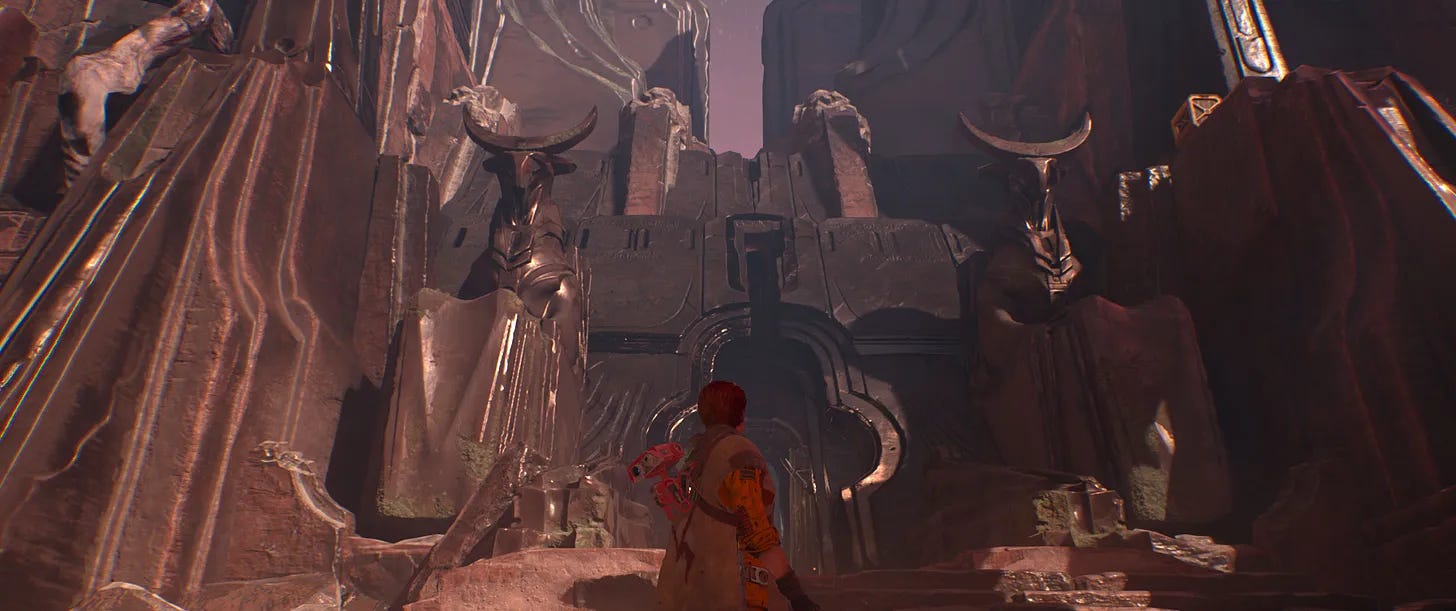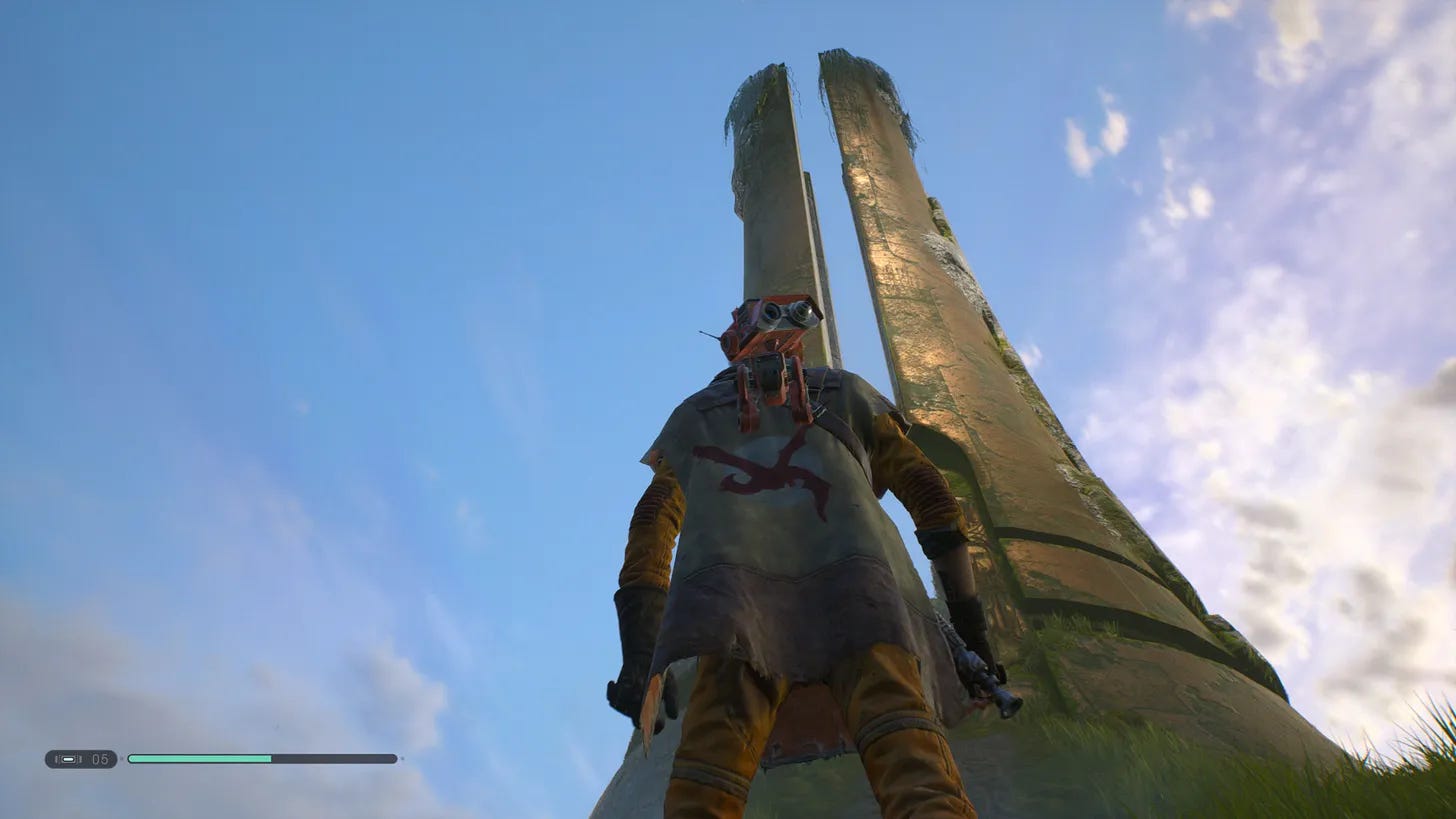AAA Architecture is Bad.
Over the last couple of months I’ve been dipping into my back catalogue of games I decided not to play when they released for a few great reasons (Borderlands 3 which I encountered like 5 major glitches by the time I finished the first boss) and a game I played that meant a lot to me when it released and sort of holds up in some ways and falters in others (Fable 2). Both of these games are massive AAA titles and both, I would argue, are really good games. However, there is a quality to each game that breaks the 4th wall and not in the funny tongue in cheek way that both games are written to be. The architecture and building design are incredibly bland and unimaginative in a way that causes my brain to fall out of one reality into another and eventually seep out of my ears as I spend hours analyzing the architecture and what makes it so… boring.
I started to think about why I find the architecture in indie games so enjoyable and why architecture in AAA games might as well be a blank rectangular prism. Indie games are often crafted by a small team of deeply passionate individuals that will hand craft elements of their world. Sable created vernaculars for different building programs. It creates the sense that the world is lived in and renovated over time. The best example I can think of is the way it treats the largest city Eccria’s streetscapes. There are three different lamps that look like they were installed during three different eras creating the sense that lights were built, then more were added but the original fixture was no longer desirable for one reason or another, and then it happened again.
There are shrines schlepped on the side of a building similar to the many fountains of historic Italian cities like Florence. There are HVAC ducts venting directly on the street that feels like a retrofit without being heavy handed like Cyberpunk 2077 (still an incredibly underrated game, but these HVAC designs are over the line).
A game like Genesis Noir can string together art and architectural references in an engaging jazz chiaroscuro trip without breaking a sweat… it had me by the brain.
A game like Borderlands 3’s heavy lifting is in its core gameplay. It keeps me engaged in its randomized loot triggered dopamine releases [the only thing my degenerate gambler part of my heritage ever gave me] and attention shredding action. Story? doesn’t matter. Well crafted world? here’s a gun with legs. It had me by the crippling gambling addiction and undiagnosed ADHD.
In AAA games, architectural aesthetic is directly ripped from pop culture and pasted onto level design, and I get why. It takes a lot of brain power and effort to create a single act of architecture, let alone an entire architectural system and deep historical zoning codes. It’s way safer to reference that other thing we all like. A little Star Wars here, a dash of Mad Max there, a crumb of Lord of the Rings aesthetic, no one will notice when we hit them with a glowy purple thing they can pick up.
These are all safe references; they are lazy; and they are no brainers for AAA gaming companies. Lord of the Rings is one of the deepest fantasy worlds with oodles of history and caboodles of lore. Why risk years of hundreds of people’s lives on a new idea when you can just reference that history and lore by copying the Art Nouveau elvish architecture in Peter Jackson’s Fellowship of the Ring and focus on your gameplay? I get it. However, if you asked me to describe the architecture in The Witcher 3 (one of my all-time favorite games), I’d probably just say “generic fantasy”. I will remember the experience I had in Manifold Garden, a game without a real story and a game without gameplay I enjoyed. I would be willing to bet that I won’t remember my experience in Spiderman a year from now.
AAA games just don’t have a monetary incentive to create something new when easy accessible references are available. What are exactly (4) things I think make great architecture in games? I have you covered:
Zoning: Craft some zoning laws. Better yet, craft a history of zoning laws and zoning law rewrites. The likelihood of a city demolishing all of it’s old buildings for new is low. New York’s history of zoning laws is absolutely loaded with crazy shit. Fire escapes, disastrous scissor stairs, goofy interior courtyards, controversial setbacks, etc. I recommend reading Michael Sorkin for digestible versions of New York’s zoning issues over the years.
References: Don’t reference the same thing that everyone else references. Don’t even reference a thing you like, because that almost certainly references something else that everyone else has already referenced. Reference art and architecture that you don’t see in video games. Genesis Noir does a great job of pulling out references that are lightly broached in video games. Some interesting Japanese art references, an Edward Hopper reference, speakeasies, etc. Where is the game with the Post-Modern architecture?
Real Life Buildings: Even if you want a game to be a fantasy game or a sci-fi game, walk your real world street/city/town/park/anything and take a tape measure. Get a real world reference not a photograph or a video or a memory. This will help with sense of scale, spacing, density. You can change the style of the buildings obviously, but room scale is very important.
Integrate: I can’t tell you how many times I see ruins in a game that mean absolutely nothing other than to hold the magical item or mystical information you need. Star Wars Jedi: Fallen Order is one of the worst offenders of this sin. Craft a history to these things. If you can integrate it with the Zoning history you crafted.


